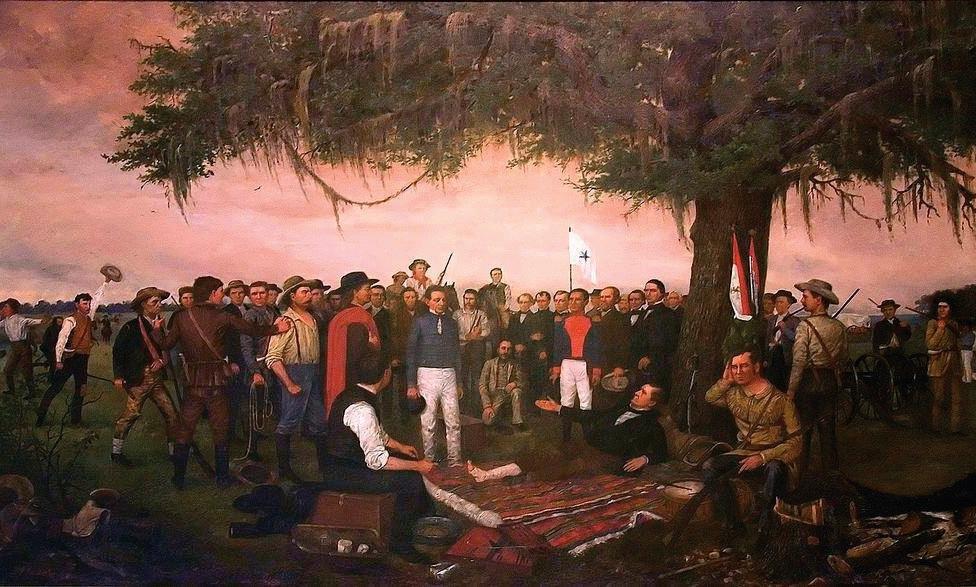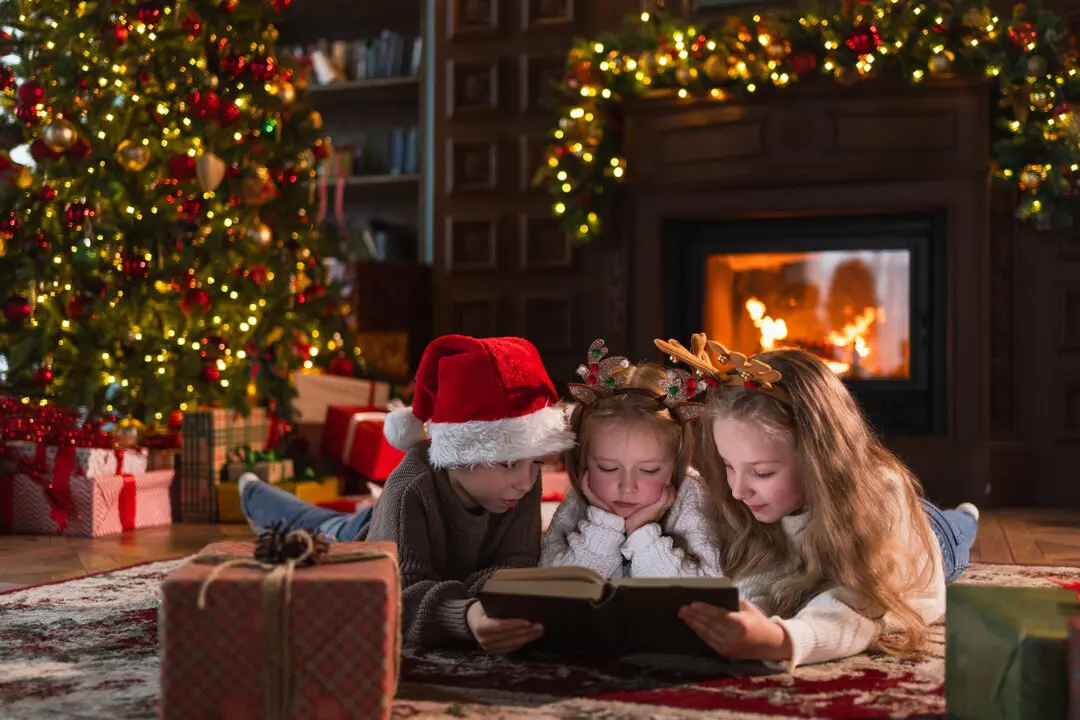The Battle for Iwo Jima was one of the bloodiest ever fought by U.S. Marines. From Feb. 19, 1945, until the island was declared secure on March 26, some 70,000 Marines landed on this tiny island and engaged approximately 18,000 Japanese soldiers in deadly combat.
Nearly 7,000 Marines and other military personnel died in this fighting, and another 20,000 were wounded. These horrific casualty figures were matched by those of the enemy. Except for 216 Japanese taken prisoner—two more held out until 1949—the rest died in banzai charges, were incinerated or entombed by explosives in the many caves and tunnels they had dug, or took their own lives.






